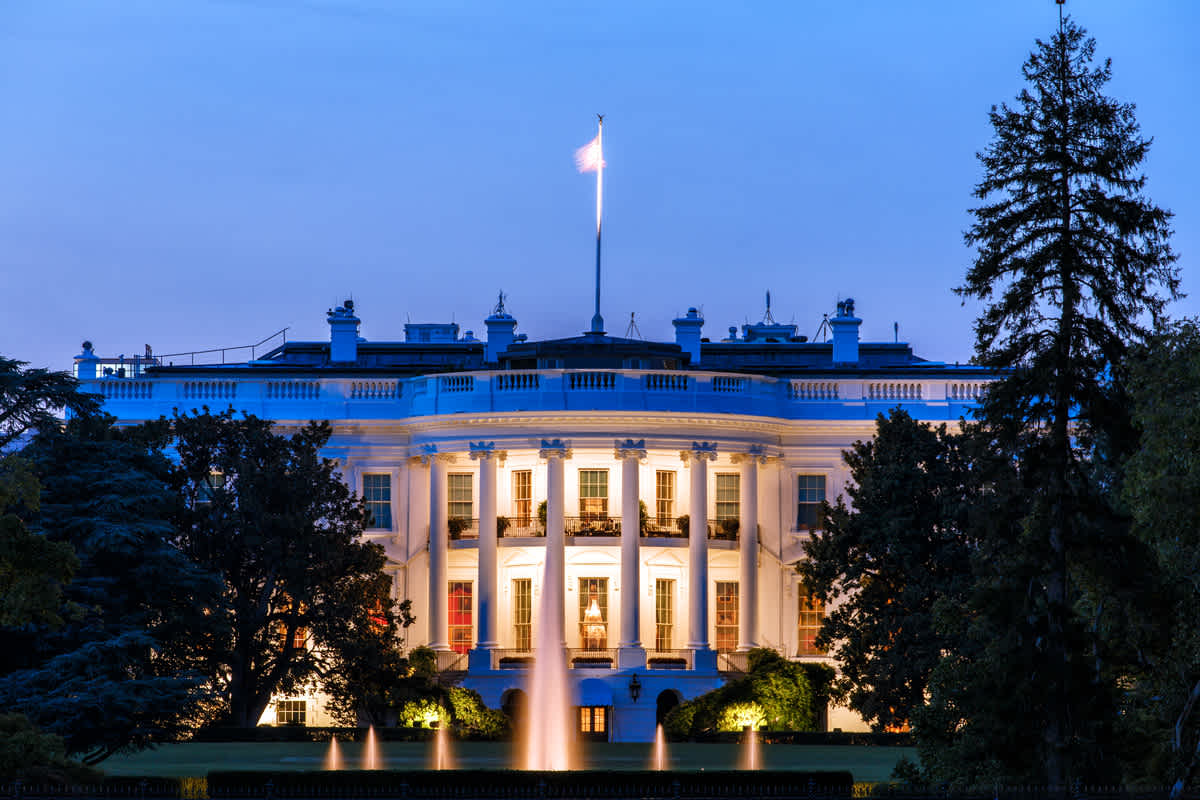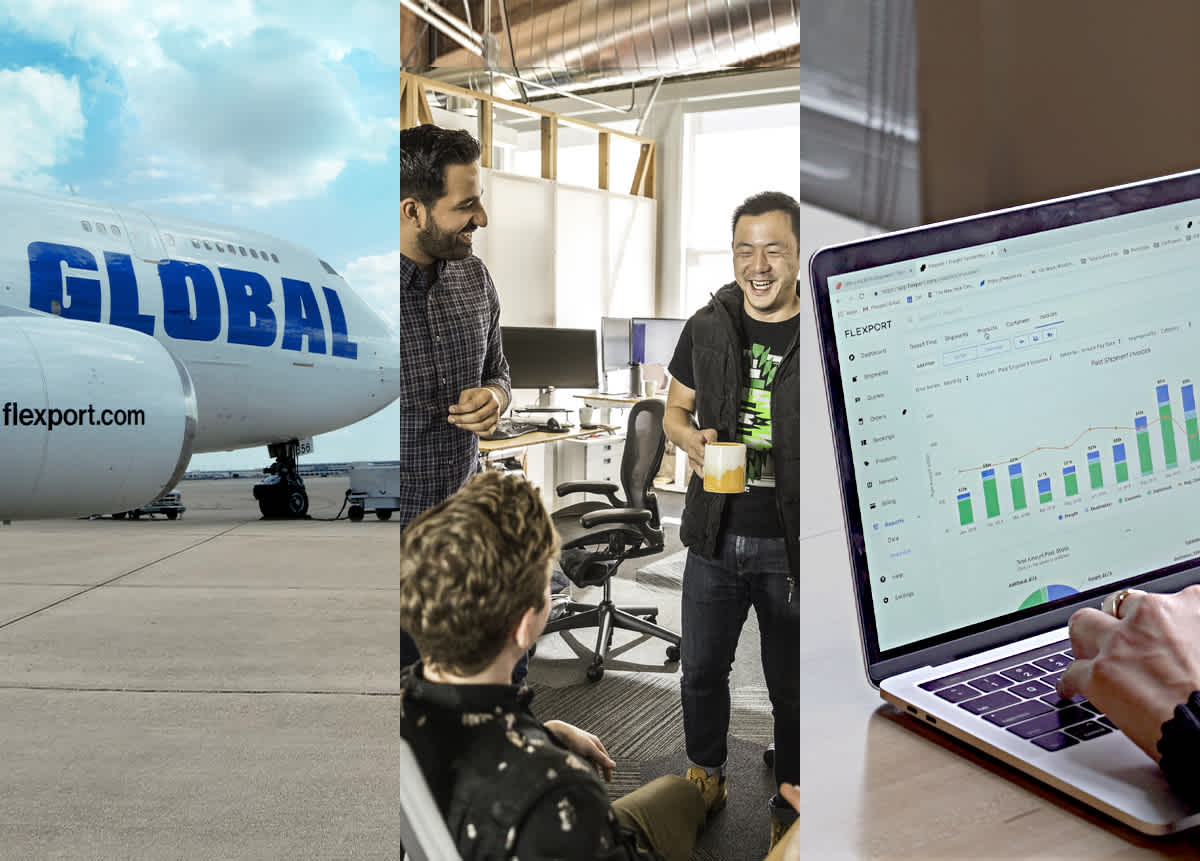
Back to Blog
December 16, 2022
Supply Chain Snapshots - News & Trends You Should Read This Week
Friday, December 16, 2022
Looking for a quick summary of the top supply chain and logistics news and trends making waves this week? Read our weekly "Supply Chain Snapshots" for helpful summaries and commentary to get you up-to-speed on the news you need to know.
#1 Supply Chain Should ‘Easily Handle’ Remainder of the Holiday Season: NRF
Read the full Retail Dive article here
- A new report from the National Retail Federation (NRF) and Hackett Associates expects December cargo volume to be "significantly below records" set earlier in 2022.
- While retailers are in the midst of the holiday season, ports are "headed into their winter lull" explains NRF Vice President for Supply Chain and Customs Policy Jonathan Gold.
- The NRF predicts a decline in imports during and after this year's holiday season. According to an October NRF report, U.S. ports managed 2.26 million units in August, a slight 0.4% drop year over year.
- The number of twenty-foot containers, or their equivalent, may drop to 1.94 million in December 2022 from 2.09 million in December 2021.
- The following month, the NRF released another report predicting that those declines may continue through the Spring of 2023.
- Gold explains that “we’ve dodged a rail strike and the retail supply chain should be able to easily handle the remaining weeks of the holiday season.”
#2 Resiliency, Visibility Key Themes for Retailers in ’22 and Beyond
Read the full FreightWaves article here
- Jon Gold, VP of supply chain and customs policy for the National Retail Federation (NRF), reviews the retail logistics issues of 2022 and lays out what to expect in 2023.
- Gold also considers the top trends among e-commerce participants and what advice he would give to retailers struggling to predict their inventory needs.
- He explains that it is important that everyone in the supply chain industry understands every segment of their supply chain. Businesses can achieve this with end-to-end visibility.
- He goes on to say that, “resiliency really is the key point that everyone is focusing on understanding all the ongoing challenges that we face and the ongoing uncertainty.”
#3 America’s Biggest Ports Face a New Kind of Paralysis
Read the full Economist article here
- On Thursday, December 15, the Port of Los Angeles indicated that import volumes fell by 24% this November. The Port of Long Beach has suffered similar deficits.
- The downturn raises questions about the future of inflation, the bargaining position of workers, and the projected shift in the country’s economic direction.
- Although supply chain pressure eased with fewer shipment cancellations and lower shipping rates, goods only account for one-third of consumer spending, while services account for two-thirds.
- Flexport Co-CEO Dave Clark explains that U.S. labor costs haven’t budged because of a shortage of supply chain personnel.
- The ongoing labor shortages have caused many West Coast ports to divert ships to the East Coast. This summer, the Port of Los Angeles lost its 22-year-old streak as America’s busiest container terminal to the Port of New York and New Jersey.
- Clark believes the West Coast will rebound and trade will eventually return to pre-pandemic levels, though he expects the American economy to get worse in 2023 before it gets better.
- Clark also predicts that bustling ports will require more automation technology to support and “elevate” workers, not replace them.
#4 Supply Chain Shortfalls Targeted by New Bill
Read the full Wall Street Journal article here
- Congress faces pressure to help fix U.S. supply chain problems exposed by the pandemic.
- Lawmakers are proposing steps to force federal agencies to take responsibility for preventing future shortfalls while better coordinating existing federal programs to boost domestic manufacturing.
- The 18-page bill, called the National Development Strategy and Coordination Act of 2022, addresses long-term trends, such as the migration of solar-panel manufacturing to Asia, and short-term issues such as a shortage in medical supplies that U.S. officials encountered at the start of the pandemic.
- Sen. Marco Rubio (R., Fla.) and Rep. Ro Khanna (D., Calif.) introduced legislation on Tuesday, December 13 that forces cabinet-level leaders to identify weaknesses in U.S. supply chains that could negatively impact national security and domestic manufacturing growth.
- Senator Rubio explains, “If we want to be a strong nation, we have to rebuild and invest in critical industries at home, “Ultimately, this bill would create the road map, using existing tools within our government, to focus on and invest in things that actually matter.”
#5 Container Shipping Rates Probe a Fragile World Economy for a Bottom
Read the full Bloomberg article here
- Early 2023 may have a “softer landing” of shipping rates than previous years as the industry shifts to a less-profitable period.
- Spot rates for 40-foot containers between Hong Kong and Los Angeles held at $1,400 this week, which is down from last year’s rate of more than $8,500 but below the average of about $1,500 five years before the pandemic.
- Meanwhile, some of the busiest U.S. ports have reported softer November activity than in previous years, but they have reported shortened shipping times from Asia to the U.S. and Europe.
- Panelists had mixed sentiments about the future of ocean trade in a recent Flexport webinar about ocean market predictions for 2023.
- According to Flexport’s Co-CEO Ryan Petersen, “Maybe I just hang around with naysayers and people who believe the end of the world is coming…Everyone I know is certain that a recession is baked, but the consumer seems really strong.”
- The shift to a more normal supply-and-demand balance means "for sure, profits will come down very significantly and they will normalize,” explains Rolf Habben Jansen, Chief Executive of Hapag-Lloyd.
- Jansen explains that the industry has always been cyclical, but it’s too early to tell how drastic the next correction will be.
#6 Europe Strikes Deal to Tax Imports Based on Greenhouse Gas Emissions
Read the full Wall Street Journal article here
- The European Union (EU) agreed to enforce taxes on imports based on emitted greenhouse gases. This is the first time a climate change regulation has been inserted into the rules of global trade.
- The EU is expected to adopt it in the coming weeks as part of legislation designed to step up the bloc’s efforts to minimize the impact of global warming.
- The plan, known as the Carbon Border Adjustment Mechanism, would be the world’s first tax on the carbon content of imported goods.
- Europe’s border tax has also inspired other countries like the U.K. and Canada to adopt a similar approach. Democrats have also introduced legislation to Congress to impose a carbon tax at U.S. borders.
- “With this directive, the polluter is really going to pay, and we are pushing the rest of the world to do the same,” explains Mohammed Chahim, a European lawmaker who led talks for the Parliament.
#7 New Legislation Provides Bathroom Access for Truck Drivers
Read the full FreightWaves article here
- The Trucker Bathroom Access Act was introduced on Thursday, December 15 by U.S. Reps. Troy Nehls (R-Texas) and Chrissy Houlahan (D-Penn).
- The new act adds language to federal law ensuring that truck drivers have restroom access when transporting freight.
- “The men and women of America’s trucking industry keep our supply chain moving, and it’s only reasonable that their most basic needs be accommodated while they are on the job,” explains Todd Spencer, the President and CEO of the Independent Drivers Association (OOIDA).
- U.S. Rep. Houlahan explains that this federal legislation “will give all truckers, and female drivers, in particular, the confidence of having access to a restroom when they deliver goods… keeping more drivers on the road means fewer supply chain delays and lower costs.”
- Facilities covered under the bill include, “a place of business open to the general public for the sale of goods or services, a shipper, receiver, manufacturer, warehouse, distribution center, or any other business entity that is receiving or sending goods by commercial motor vehicle.”
- Places not covered include rail facilities, as well as filling stations, service stations, or restaurants of 800 square feet or less with employee-only restrooms.
We’ll be back next week with the next edition of Supply Chain Snapshots.
Related content
![Header Image - The 2023 Supply Chain Planning Playbook - Predictions and Advice From Global Logistics Experts]()
BLOG
The 2023 Supply Chain Planning Playbook - Predictions & Advice From Global Logistics Experts







